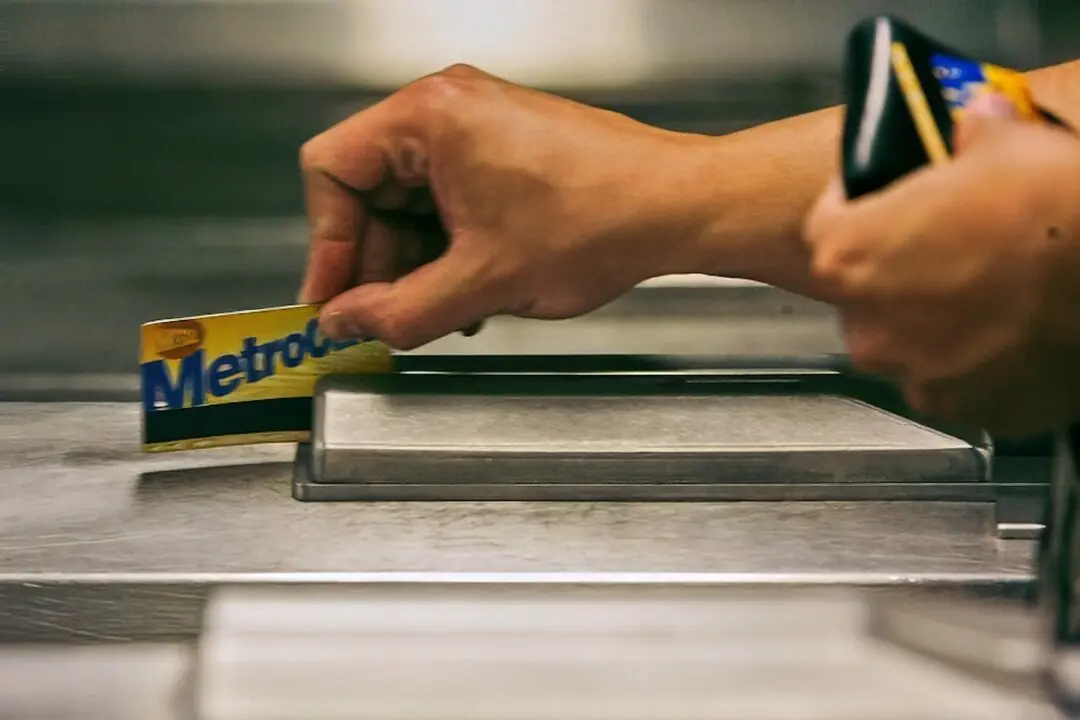TOKYO—From the slopes of Mount Fuji to the temple streets of Kyoto, tourists are cramming Japan’s prime sightseeing spots, puzzling their way through Tokyo subways and splashing out cash on cosmetics, sushi, and high-tech toilet seats.
The cheap yen, easier visas, and other initiatives are luring foreign travelers eager to stretch their budgets and see some UNESCO World Heritage sites, bringing in welcome cash as well as myriad complications.
Tourism was among many Japanese industries that limped through more than 20 years of sluggish economic growth as locals tightened their belts and most foreigners stayed away, scared off by tales of $200 melons and other scandalous prices.
But Japan has become a hot destination as the exchange rate weakened from about 80 yen to the U.S. dollar in late 2012 to its current level of about 123 yen. Foreign visitors exceeded 10 million for the first time in 2013 and rose to 13.4 million last year. The aim is to have 20 million by 2020, when Tokyo will host the Olympic Games.
Prime Minister Shinzo Abe has jumped on the bandwagon with “Cool Japan” and “Omotenashi,” or Japanese-style hospitality, national branding campaigns that capitalize on products and concepts considered uniquely Japanese, such as “anime” cartoons and traditional “washoku” cuisine.






